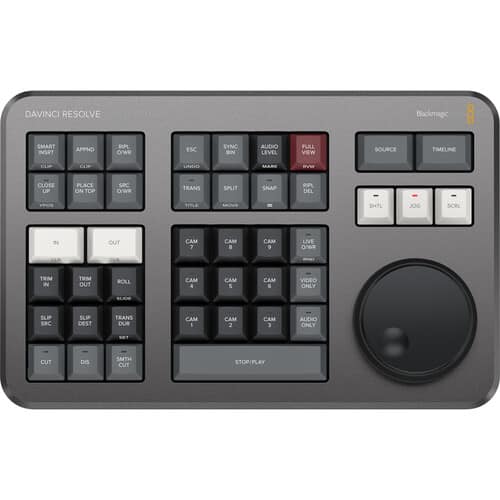


In video editing, we are able to achieve motion effects mainly by retiming.ĭavinci Resolve enables retiming with its retime control interface. Retime Controlsīy definition, retime means to change the timing or time of (something). A destructive process is ideal if you’ve just started editing and haven’t put clips in the timeline that are at risk of desynchronization. If you already have clips organized in your timeline, it’s always the best option to use non-destructive methods if you decide to go back and add a certain effect in a certain clip, in order to avoid desynchronizing audio and videos you worked hard to get done. You need to be careful in adding effects to your videos and make sure it is non-destructive. If you select change clip speed, a dialog will then pop-up and here’s what it looks like:.You can change the speed of your clip - you can speed up or slow down your footage with this option. Change Clip SpeedĬhange Clip Speed is exactly what it’s name functions to be. Let’s go back to these three tools: Change clip speed, Retime Controls and Retime Curve. That method is what we call destructive.Īlright, keep those definitions in mind, and we will expound further in them as we move along. If you edit a specific clip from your timeline and add effects/changes, the surrounding clips from that same timeline will be altered. What do these 3 mean, and how can we create motion effects using them?īefore we get into that, let’s first talk about non-destructive and destructive processes briefly in video editing, as we will be tackling them in a few moments.Ī Non-destructive method means that the other clips inside your timeline will remain the same when you are editing (adding effects for example) a specific clip in that particular timeline. If I select a clip and right-click on it, we have the ability to change the clip speed, adjust retime controls, or work with retime curve. Davinci Resolve Motion Effects Toolsĭavinci Resolve offers relatively easy to use tools for motion effects. The most common VFX involves playing around with time, like time-lapses of a slow-motion effect that requires adjusting your clip speed.

In video editing, Motion Effects are a powerful set of controls for adding beautiful VFX (video effects) to your videos. However, there are other effects as well that you can do that are equally cool just like speeding up or slowing down your clips, which some of them you can do in just one click! Most video editors use these effects mainly to serve as transitions or to add a dramatic effect - to name a few. When I hear about Motion Effects, the first thing that comes into my mind is a time-lapse or a slow-motion effect we often see in notable films, adverts, and montages. Another trick up from experienced video editors’ sleeves to make their videos much, much cooler is by using Motion Effects.


 0 kommentar(er)
0 kommentar(er)
